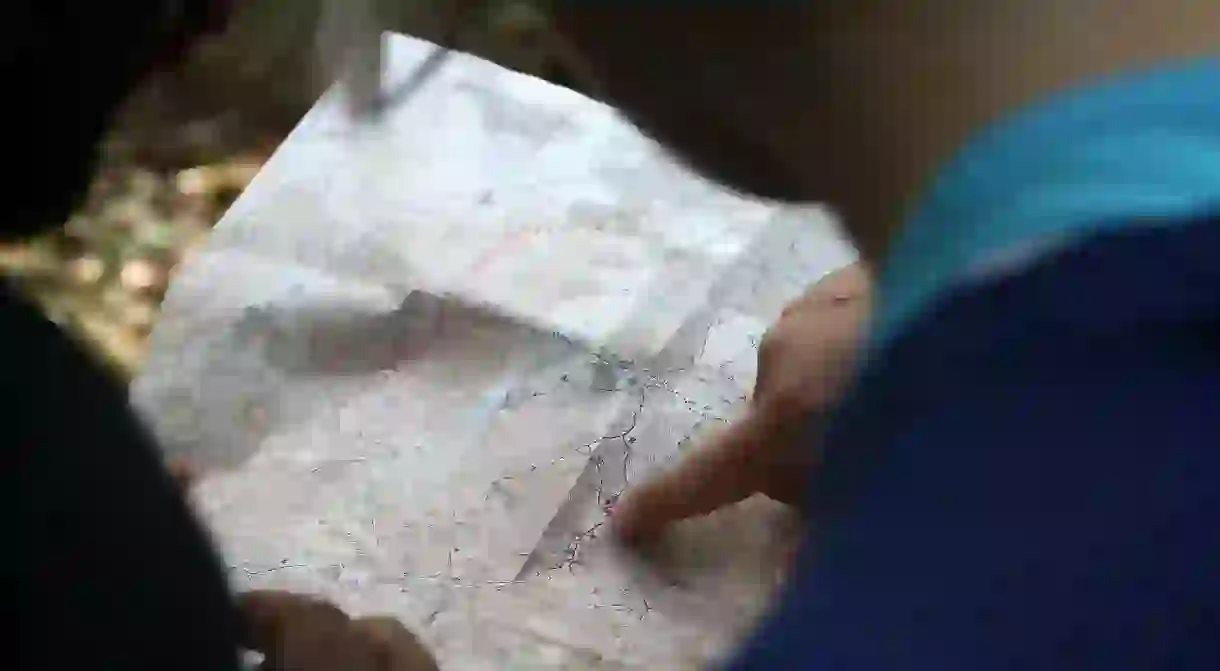11 Countries You Never Knew Were Named After These Historical Figures

Recent studies have shown that most of the nearly 200 countries on earth are named after one of four things: a tribe, a land feature, a directional description, or a famous or important person. Some of the countries named after historical figures are quite obvious, but others are a little more surprising. Here are 11 countries you might never have known were named after historical figures.
Bolivia
Bolivia was named after Simón Bolívar, one of the most important leaders in the Spanish American Wars of Independence – and probably the only person to have two countries named after them, the official name of Venezuela actually being the Bolivarian Republic of Venezuela. The name came about when Antonio José de Sucre, then leader of Venezuela, opted to create a nation of the region then known as Charcas, rather than uniting it with the Republic of Peru or United Provinces of Rio de la Plata. With local support, Sucre named the new nation in honor of Bolívar.

Philippines
The Spanish explorer Ruy López de Villalobos named the islands of Leyte and Samar in honor of King Philip II of Spain, the then Prince of Asturias, during his 1542 expedition. At first, the name only referred to those two islands, but it was eventually used to cover all the islands in the archipelago. Although the official name of the Philippines has undergone several changes over the years, the tribute to King Philip has always remained part of the title.
Colombia
Colombia’s name is derived from the surname of Christopher Columbus, who is known as Cristóbal Colón in Spanish. First conceived by the Venezuelan revolutionary Francisco de Miranda as a reference to the New World, the name was first officially adopted as the Republic of Colombia in 1819 which, after going through several name changes over the first half of the 19th century, became the United States of Colombia in 1863 and, finally, the Republic of Colombia once more in 1886. Columbus, incidentally, never set foot in Colombia.

Seychelles
This 115-island country in the Indian Ocean gained independence from the UK back in 1976, but prior to British colonial rule the country was actually controlled by France and named after Jean Moreau de Séchelles, who was Louis XV’s Minister of Finance at the time.
El Salvador
El Salvador has the singular distinction of being named after Jesus Christ himself, having been officially christened “Provincia De Nuestro Señor Jesus Cristo, El Salvador Del Mundo” – or “Province of our Lord Jesus Christ, the Savior of the World” – in 1524 by conquistador Pedro de Alvarado. The slightly cumbersome name was later shortened to El Salvador or “The Saviour.”

Saint Vincent and the Grenadines
The Caribbean island of Saint Vincent was named by Christopher Columbus after he first sighted the island on St. Vincent’s Day (January 22, 1498) – the Vincent in question is Saint Vincent of Saragossa, the patron saint of Lisbon and Valencia, who was martyred under Emperor Diocletian around the year 304.
Saint Lucia
Saint Lucia is the only country in the world named after a woman, that woman being Saint Lucy of Syracuse, a Christian martyr who was killed during the Diocletianic Persecution of 304 AD, and whose feast day is celebrated on December 13. The first European settlers of the Caribbean island country were the French, who named the island Saint Lucia in her honor.

Mauritius
The island nation of Mauritius has gone by several different names over the years. First named Dina Arobi in 975 by Arabic sailors, it went on to be called both Cirne and Mascarenes by Portuguese sailors, before being christened Mauritius in 1598 by Dutch sailors. It was named after Prince Maurice van Nassau, who was the then-stadholder of the Dutch Republic.
Kiribati
The sovereign state of Kiribati consists of 33 atolls and reef islands in the Pacific Ocean and became independent from the UK in 1979. Upon independence, the nation adopted the name Kiribati – a local enunciation of Gilberts, the islands having once been named the Gilbert Islands after the British explorer Thomas Gilbert, who sighted several of the islands during his 1788 mapping voyage.

The United States of America
The continent of America was first named as such back in 1507 by a German cartographer named Martin Waldseemüller, who named all the lands of the Western Hemisphere ‘the Americas’ after the Italian explorer Amerigo Vespucci. The first recorded use of the name “United States of America” dates back to a 1776 letter by a US general named Stephen Moylan. Even though Vespucci never set foot in what is now the USA, the country still bears tribute to his name.
Marshall Islands
An island country near the equator in the Pacific Ocean, the Marshall Islands were named after John Marshall, a British explorer of the Pacific Ocean. Marshall spend the vast majority of his life at sea, having become an apprentice sailor at age 10, and charted the Marshall Islands – as well as some of the aforementioned Gilbert Islands – which he originally named “Lord Mulgrove’s Range.”













